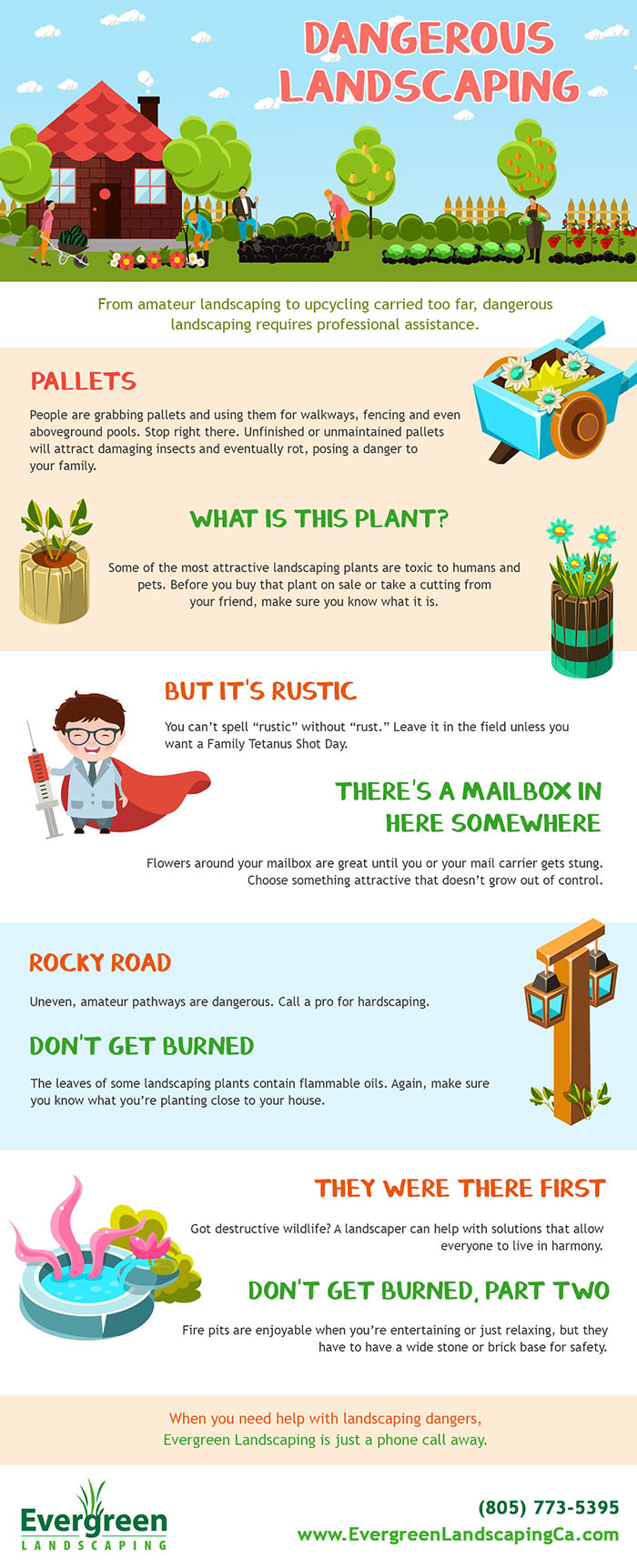10 Low Maintenance Plants
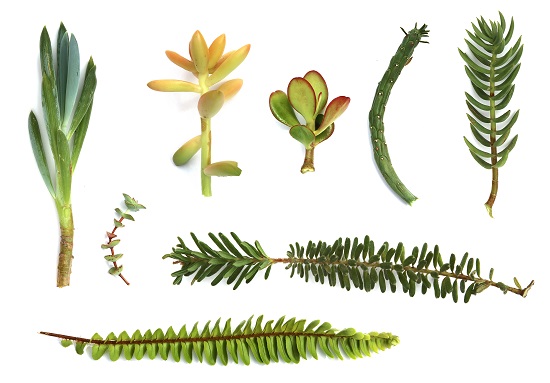 If you don’t have a green thumb but you want decorative plants and some color in your yard, there are many low maintenance plants to suit your needs.
If you don’t have a green thumb but you want decorative plants and some color in your yard, there are many low maintenance plants to suit your needs.
Not all of them are wild grasses and succulents. By their nature, drought resistant plants are usually low maintenance. They come in all varieties, sizes and colors.
Colorful Low Maintenance Plants
- Purple Sabre is a perennial with long, spiky leaves. It grows to about three feet tall. Purple Sabres are actually more colorful and put new branches when rarely watered.
- Most Irises need little care other than occasional summer water. Many Irises, including African Irises, are sun worshippers. African Irises have blue-white petals with splashes of yellow and purple centers. They’re perfect for banks of flowers in your flowerbeds or for edging sunny walkways.
- Few flowers brighten up a yard like the Santa Barbara Daisy. Each flower has a profusion of long, slender pale purple flowers and a sunny yellow center. Masses of Santa Barbara Daisies are impressive and require almost no maintenance.
- Sea Lavender has small, true purple flowers interspersed with a few white flowers here and there. It grows to around a foot tall and is perfect to plant in front of wild grasses. It’s ideal for small bouquets and for drying.
Beautiful Low Maintenance Shrubs
- For something unusual and attractive, try Kangaroo Paw. It’s a large shrub reaching five feet in height. Its burgundy flowers appear in spring and add color to your yard through June.
- California Fuchsia brings hot tropical color your yard. The neon pink blooms open to reveal a pinkish-white “underskirt” of petals and long stamens. California Fuchsia grows to a width and height of two feet.
- Apricot Mallow, also known as Desert Mallow, is a shrub with small orange flowers. It likes sandy soil, clay and lots of sun. It grows one to two feet tall in the desert. In your yard, it can reach a height of five feet.
Succulents
- California’s succulents are beautiful and interesting. Gardeners on the East Coast are usually frustrated in their attempts to grow succulents like Hens-and-Chicks, also called Chicks-and-Biddies. This is a popular succulent because the parent plant puts out small new plants with their own root system. Hens-and-Chicks is usually used as an easily transplantable groundcover.
- For a colorful succulent, try Sedum Spurium. Sedum Spurium has little red flowers that form perfect rosettes and bloom in summer.
Wild Grasses
- Ornamental grasses are a must as a backdrop for your drought resistant garden. One ornamental grass you’re sure to love is Little Bluestem. It’s native to the prairie. In autumn, each blade of grass changes from grayish-green to all the colors of a prairie sunset.
Things to Remember:
- Your low maintenance garden should have a variety of plants for year-round interest
- There are many plants available that aren’t grasses or succulents
- Ornamental grasses and succulents form the basis of a low maintenance garden
To plan next year’s easy care garden, contact us today.

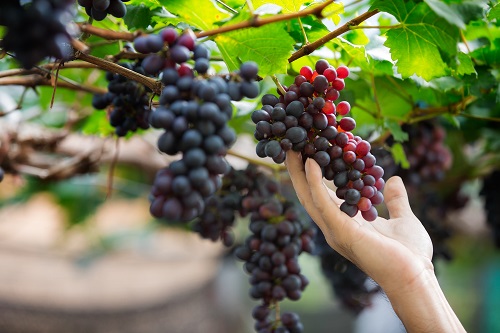 Dangers of Keeping Fruit and Berries on Trees or Vines Too Long
Dangers of Keeping Fruit and Berries on Trees or Vines Too Long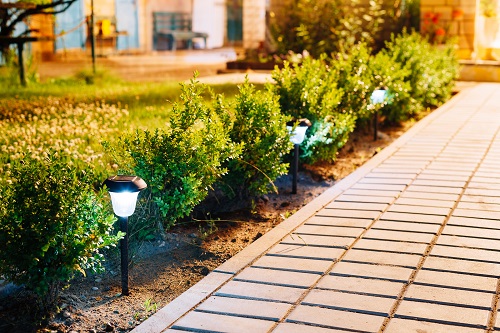 Solar pathway lights can be decorative or functional. They make driveways and walkways safe in the dark and add color and style to your yard or patio.
Solar pathway lights can be decorative or functional. They make driveways and walkways safe in the dark and add color and style to your yard or patio. 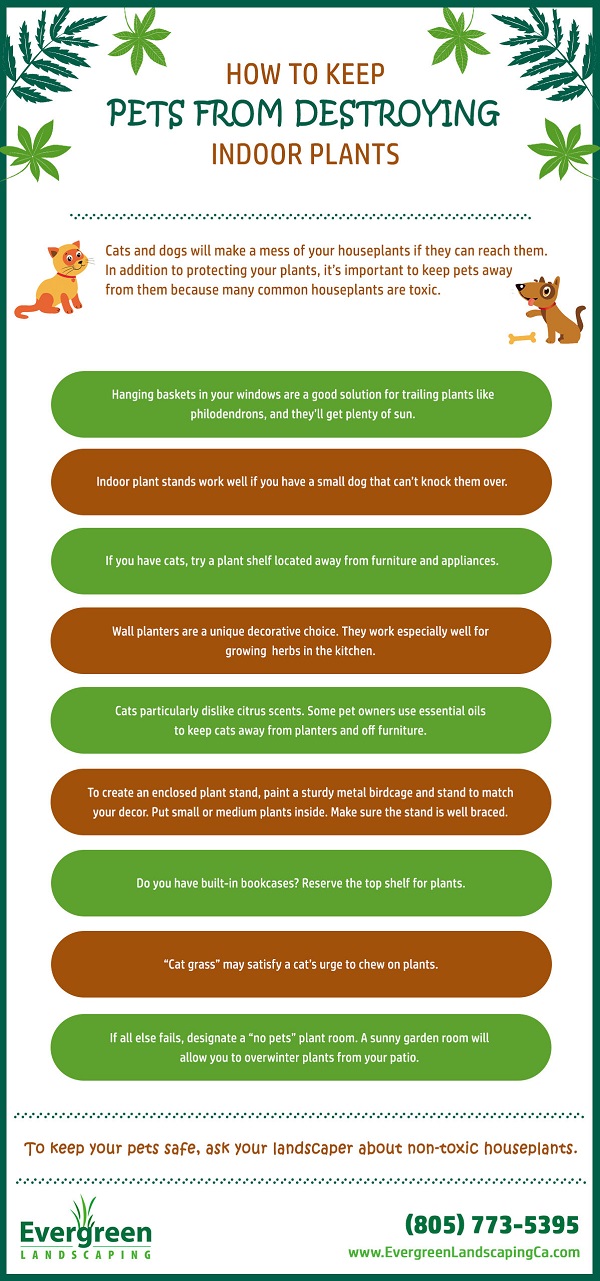
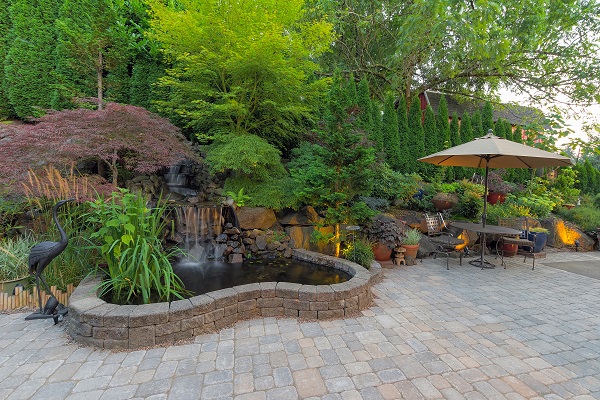 Like all landscaping and landscaping elements,
Like all landscaping and landscaping elements, 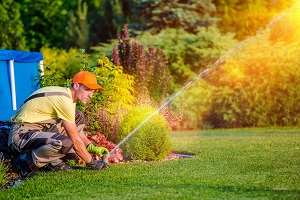 Installing and Repairing Sprinkler Systems
Installing and Repairing Sprinkler Systems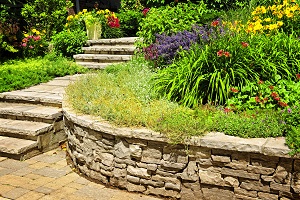
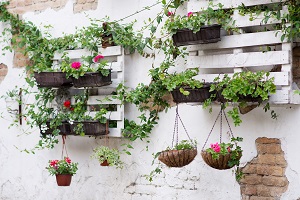 Pallet Gardening
Pallet Gardening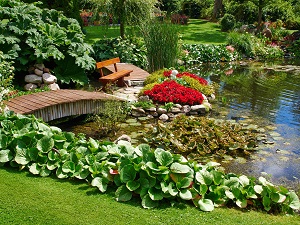
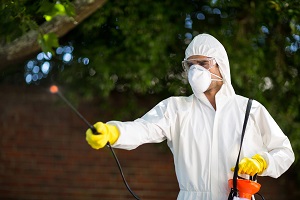 Lawn Chemicals
Lawn Chemicals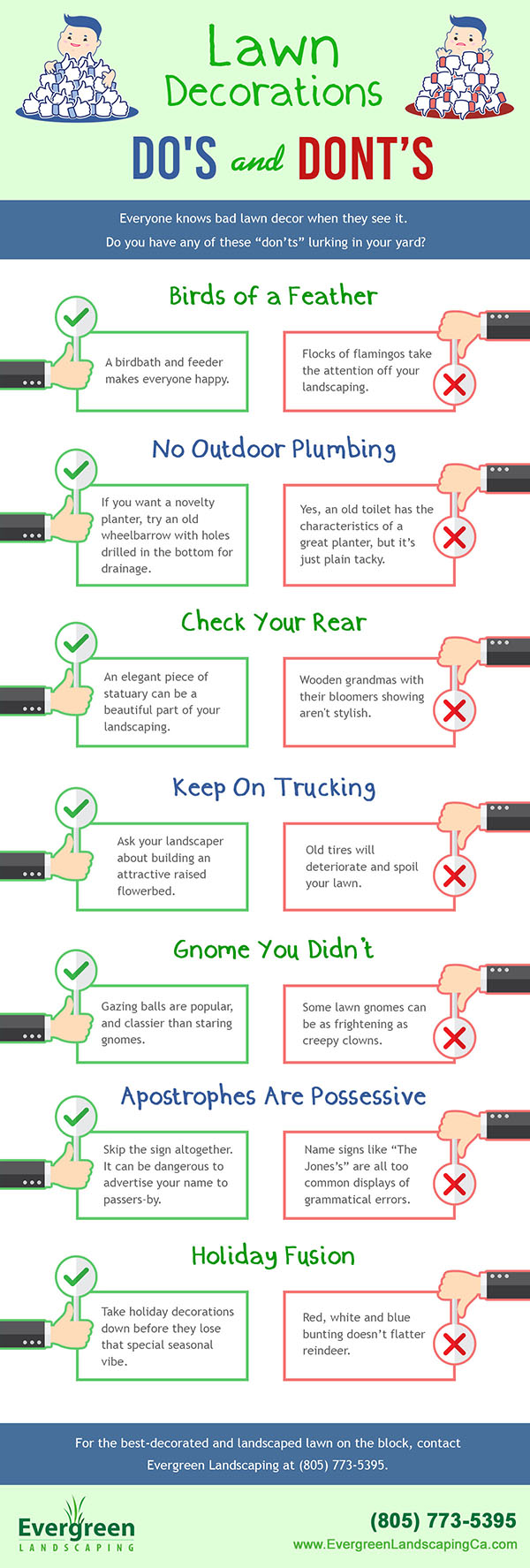
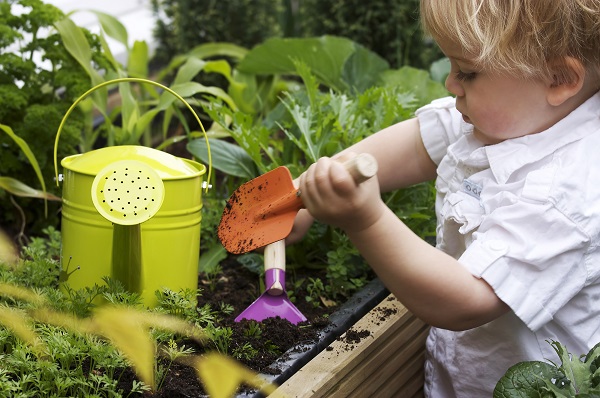 Do you want to pass your love of gardening on to your children or grandchildren? Gardening with kids is a great way to get them offline, outside and give them a lifelong, productive hobby.
Do you want to pass your love of gardening on to your children or grandchildren? Gardening with kids is a great way to get them offline, outside and give them a lifelong, productive hobby.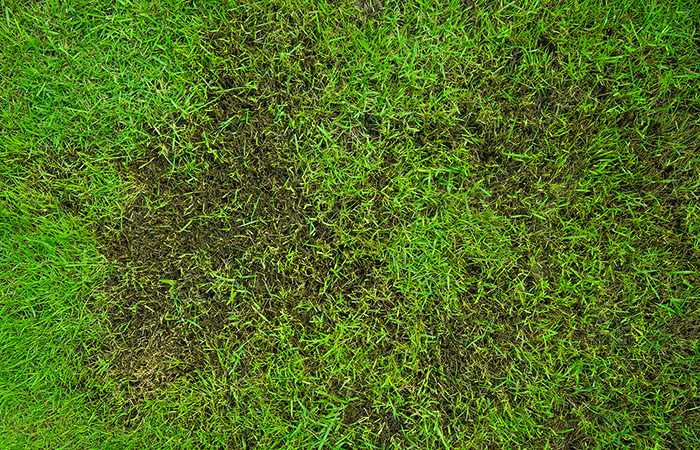 You’ve just bought a house with zero curb appeal. Maybe you loved the house so much you overlooked the lawn. Maybe you got a good price because the property is a disaster. Now you have a great house with an awful lawn. Under the overgrown hedges, dying grass and out of control wild plants, there’s a good lawn that you can restore.
You’ve just bought a house with zero curb appeal. Maybe you loved the house so much you overlooked the lawn. Maybe you got a good price because the property is a disaster. Now you have a great house with an awful lawn. Under the overgrown hedges, dying grass and out of control wild plants, there’s a good lawn that you can restore.